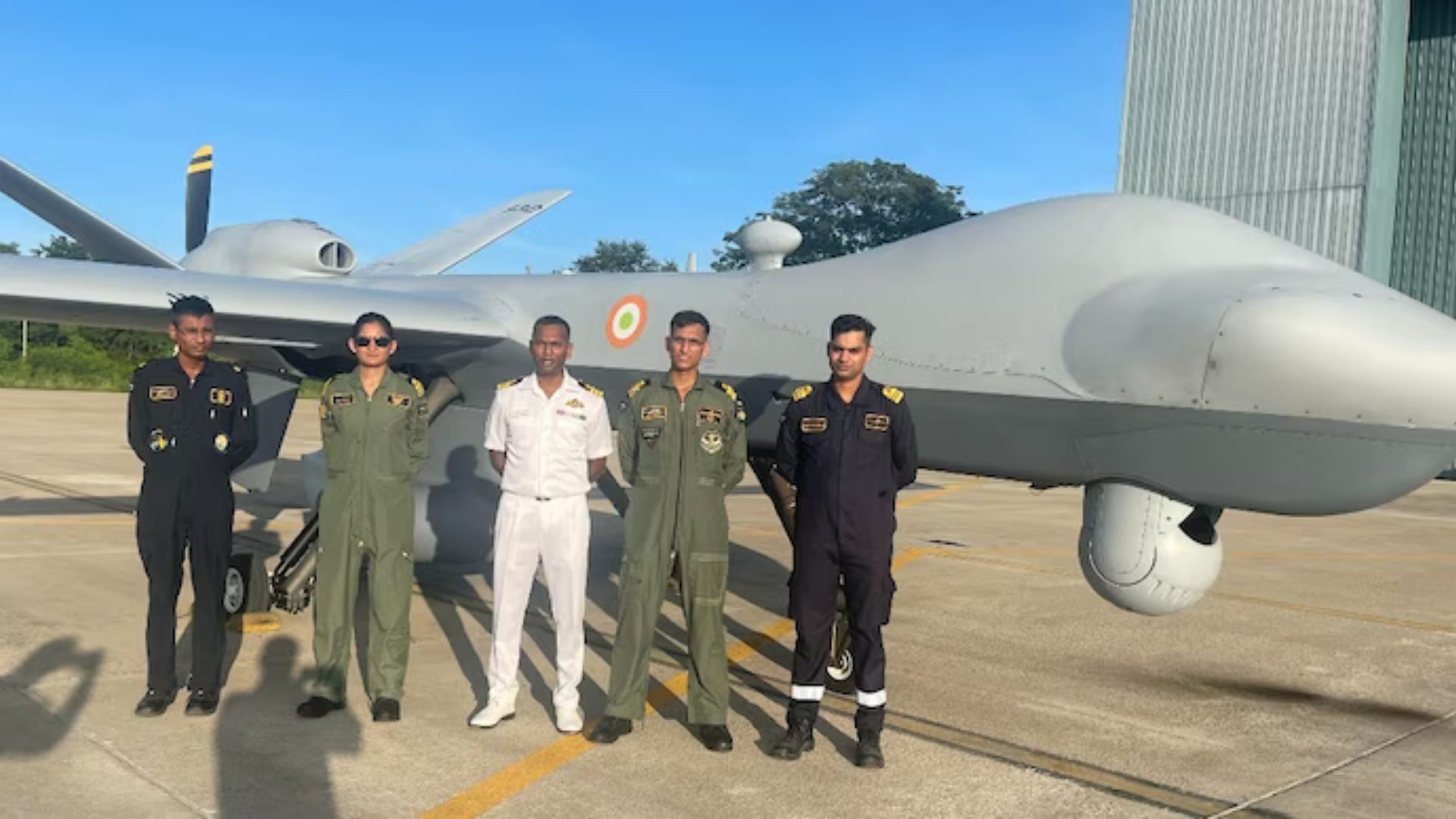India is gearing up to enhance its defense capabilities by developing three new spy planes capable of closely monitoring enemy communications and conducting extensive surveillance missions. The project, set to be executed indigenously, emphasizes the utilization of predominantly Indian-made technology and equipment.
Defense officials revealed to ANI that the proposal for acquiring these three spy planes, also referred to as signal intelligence and communication jamming system aircraft, is in an advanced stage and is anticipated to receive clearance in the coming week. The Defence Research and Development Laboratory and the Indian Air Force are spearheading the project, with plans to utilize an Airbus-319 class aircraft.
According to officials, the concerned agencies will soon issue a tender to aircraft manufacturers for procuring the platform required for these spy planes. The need for such aircraft has long been recognized, and the project’s specifications have now been finalized.
The Centre for Airborne Studies is overseeing the project’s execution, along with other development initiatives, including the Airborne Early Warning and Control systems. These systems represent the next generation of the existing Netra aircraft, known as the AEW&C Netra Mark1A.
ANI previously reported on the Indian Air Force’s intentions to present a proposal for the acquisition of six additional AEW&C aircraft, based on the Embraer aircraft, to the Defence Acquisition Council in September and November of the preceding year. Additionally, plans are underway for the development of indigenous Intelligence, Surveillance, Target Acquisition, and Reconnaissance (I-STAR) aircraft, as well as the Airborne Early Warning and Control (AEW&C) Mark 1A aircraft on the Embraer legacy jet plane platform, and the AEWC Mark 2 on Airbus 321 jets for the Indian Air Force. Furthermore, the Centre for Airborne Studies is engaged in the development of the Medium Range Maritime Reconnaissance project for the Indian Coast Guard and Indian Navy.
Director General of the Indian Coast Guard, Rakesh Pal, recently emphasized that the C-295-based maritime surveillance aircraft would provide the force with robust indigenous capabilities to monitor Indian territory effectively.





















